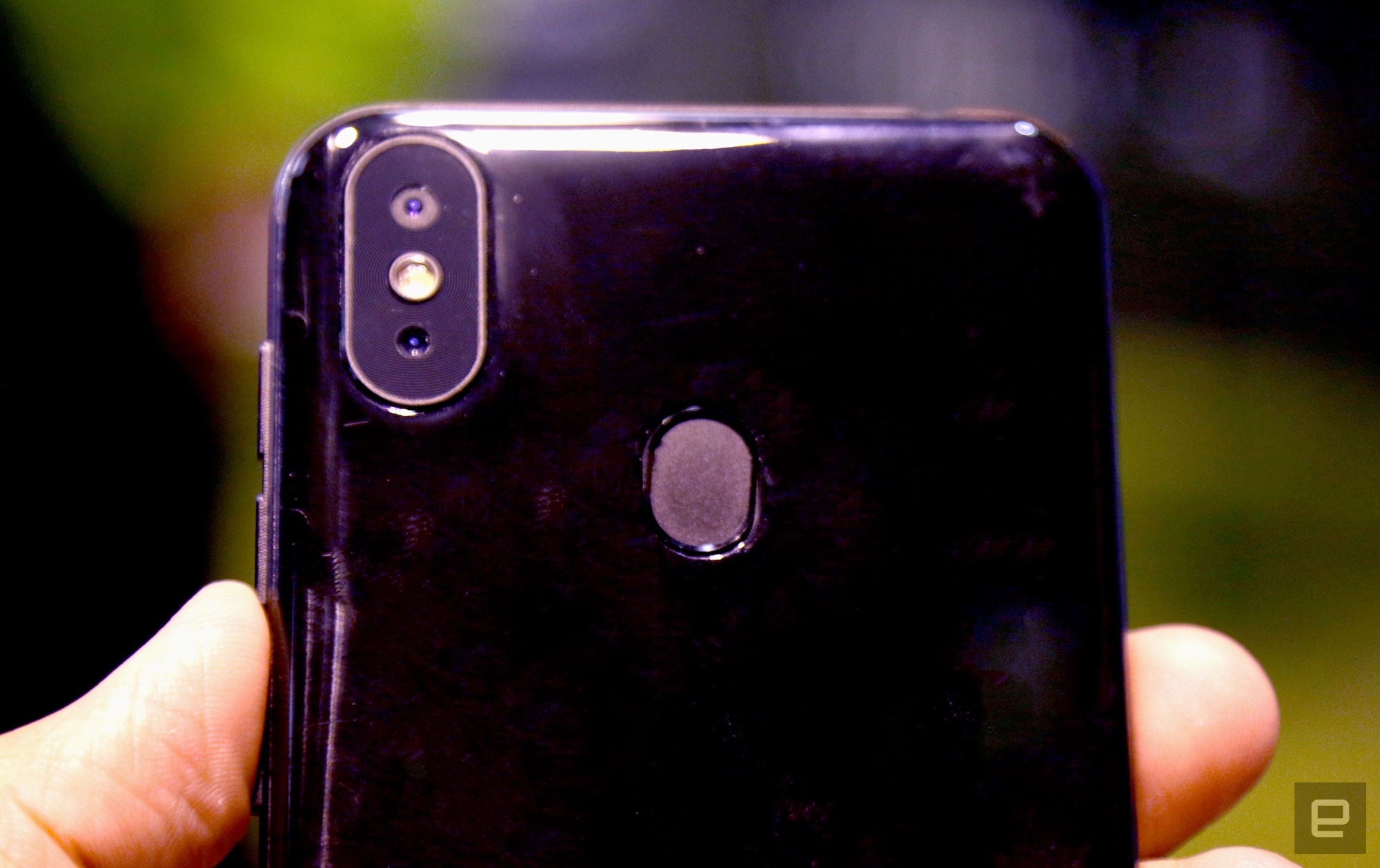[ad_1]
And the iPhone isn’t the only flagship Leagoo has attempted to ape, either. Off to the side of Leagoo’s booth at MWC was a plasticky phone with a dual camera and stripes etched horizontally high on its back. That was the company aiming at a domestic rival: Huawei’s high-powered Mate 10 Pro. In fairness, Leagoo designs and produces original smartphones as well — quite a few, in fact.
After a conversation with Leagoo Senior Vice President Zhijie Xie, things became more clear. For Leagoo, cranking out the occasional clone phone isn’t just a way for the company to capitalize on new trends in the industry. It’s about survival.
“For right now, the situation for the mobile phone business,” Xie said, his voice trailing off a little. “Especially [when you’re] like us — you just have to stay alive.”
The S9 then is pure marketing given physical form, a device meant to drive buzz in hopes of boosting the business as a whole. If this sounds familiar, well, it should: that’s the idea being the new Nokia’s string of retro phone releases.
“This one just makes some noise,” conceded Xie while gesturing to the S9.

The weariness in his voice was apparent, and he’s earned it. Leagoo is still a small company, with only a few hundred employees and two factories: one in Shenzhen and one in Sichuan province. And given the sort of global competition small companies like Leagoo face, carving out a space in the market is no easy feat. On a large scale, Apple and Samsung tend to dominate both smartphone conversations and market share to the point where even highly capable competitors are struggling to make an impact.
“Even for LG and Sony sales are going down every year,” Xie said. “We just [have to] stay alive and try to find some core-selling products.” Leagoo’s search for those core products has been a tricky one so far. Xie pointed out that the company’s M-series smartphones were doing well, but a recent release fizzled out because of performance issues related to its Spreadtrum chipset. These kinds of issues seem even more painful when you consider Leagoo’s limited reach. Despite its firmly Chinese origins, Leagoo doesn’t sell phones there at all. All of the companies efforts are concentrated in southeast Asia and eastern Europe, partially because standing up to China’s internal competition can be nearly impossible for upstarts.
“We never did China,” Xie added. “The competition is too strong. Huawei, Xiaomi, Meizu, they’re all there.” And beyond just being there, those companies have much more experience cutting deals with Chinese carriers and retailers, leading to a situation where smaller can be boxed out of their own home.
“At the beginning, we created this company and decided to only focus on overseas markets,” said Xie. “In China, you sometimes need relationships; we do not have the background, and so we chose fair markets. If you work hard, if your products are good, you can sell.”
I’ll admit to being surprised after playing with a few other Leagoo smartphones at the booth. They were perfectly passable devices. The low price tags involved meant they couldn’t stack up to many of the devices I regularly test, but the phones themselves seem sound. When it isn’t churning out clones, Leagoo seems to do decent work. Whether that’s enough to help Leagoo find its place in the world is a different story.
Catch up on the latest news from MWC 2018 right here.
Source link
 Tech News code
Tech News code


